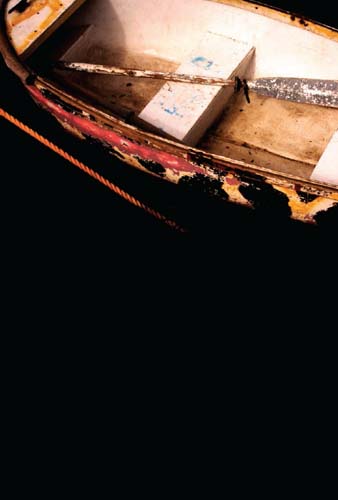
A word to the wise: it’s easy to overspend on photography equipment. Our suggestion is never to buy anything unless you know why you need it. Recommendations and reviews are fine, but you need to really understand what you’re getting into, or your ignorance will cost you. Slick salesmen will insist that you need the most expensive polarizer made. They’re wrong. If a polarizer is doing its job, then you’ll get amazing results, no matter how much it costs. They’ll tell you a name brand is essential. They’re wrong. Words on the side of a tool have no effect on the tool itself. They will tell you that you need a “digital” polarizer. They’re wrong. Since a polarizer strips glare before it gets to your camera’s sensor, what sense does that make? They’ll say that you need the extra-expensive polarizer with the “special” coating. They’re wrong. If it strips glare like it’s supposed to, there is nothing left for it to do. Be careful when purchasing this simple filter. You’ll see a huge price difference. Shop wisely. Be smart. Try one of the inexpensive brands. If it works wonderfully for you, then you hit the jackpot. For over 25 years, we’ve been using the same (nondigital) inexpensive polarizers, and we love our images. Our advice is this: just buy a polarizer. If you want to overspend, please do. If you want to go cheap, do that. Whatever you decide, do it quickly—a world of amazing color awaits.

This is how the world appears, lit just as it was. This scene though is full of glare. The polarizer strips this glare, allowing us to see what’s underneath.

All settings in-camera remained the same. The shutter speed was not adjusted, the aperture and ISO remained constant. The image did not get darker, it got richer. The only physical adjustment made was the turn of a polarizer (which was on the lens in both images).
You’ll want to remove any other filters from the lens before attaching the polarizer (this includes the UV or skylight filter you’ve been using as lens protection). The extra width produced by two filters may cause unwanted vignetting.
It won’t take long until you start recognizing glare—and want to fix it. Here it blanketed the rocks and the swimmer.

One turn of the polarizer and the entire world of available light (and color, detail, and meaning) come into focus.

Being able to rid yourself of glare—especially on water—will allow the artist in you to create some rather outstanding images.